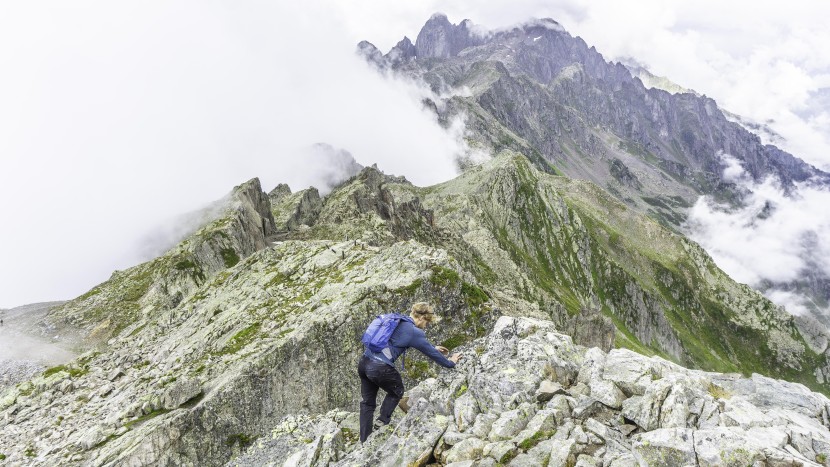We subjected these packs to rigorous use while hiking, climbing, bushwhacking, and snowshoeing throughout the challenging Washington Cascades, Seaward Kaikoura Range in New Zealand, the Blue Ridge Mountains in Virginia, and the Eastern Sierra of California. These bags were employed daily to transport our belongings around town and to climbing crags or gyms. We compared multiple packs under demanding conditions to determine the best performers. Additionally, we utilized objective tests to size up these daypacks side-by-side, as explained below.
Comfort
We utilized each pack in various outdoor activities, including hiking, running, scrambling, climbing, bushwhacking, and snowshoeing. During these activities, we assessed how comfortably these packs carried loads and distributed weight through their suspension systems. This involved loading the packs with weights of up to 25 pounds. For larger packs designed to carry heavier loads, we went backpacking and even carried several dozen pounds of rock samples out of New Zealand's mountains (one of our lead testers is a geologist). While pushing these packs slightly beyond their intended use in aerobic activities like bushwhacking and running, we evaluated how well their suspension systems ventilated and allowed our perspiring backs to stay cool. We conducted these activities with others, frequently lending out packs for them to evaluate how well they could adjust to varying torso sizes and to obtain other perspectives on their performance.
Finally, we developed a standardized calisthenics test to rigorously investigate mobility. We loaded packs with a typical day hiking load, ensured the pack was properly fitted, and compressed each pack if compression straps were present. We then performed a series of movements, ranging from standing twists to planks to side lunges. We even executed the CrossFit favorite, burpees. During these activities, we observed whether packs clung to our torso or slipped and how each pack limited our range of motion (e.g., when reaching up to do a pull-up). Packs that performed well in this calisthenics testing did not slip at all and only marginally restricted our range of motion.
Versatility
In the field, we attempted to use these packs for various activities. We deemed packs versatile if they performed well in multiple outdoor pursuits along with travel or commuting. By carrying specialized gear like snowshoes, ice axes, and hiking poles, we evaluated whether packs had the necessary attachment points for specific activities. We also investigated the different lengths of day each pack could handle. Generally speaking, larger packs ended up being more versatile, given the greater variety of needs bigger bags can generally meet.
Ease of Use
An effective pack should be straightforward and user-friendly. During our field testing, we assessed how easy it was to access items stored in different parts of the pack, the number of pockets available for organization, the functionality of specialized carrying attachments (e.g., shoulder strap pole holders), and the effectiveness/necessity of a pack's features. Ease of use and versatility often compete; simpler packs tend to be less versatile. Complex packs may be useful for numerous activities but may require a learning curve to unlock a pack's full potential.
Weight-to-Volume Ratio
While pack weight is significant, it's equally important to consider how much volume each option offers relative to its weight. To account for this, we calculated a weight-to-volume ratio (oz/L) and ranked packs based on that ratio. Essentially, this measures the “bang for your buck” regarding how much a pack can hold for its weight.
To provide context for these measurements, we also evaluate the features and materials contributing to a pack being light or heavy for its volume. Often, the trade-off for a heavier pack comes with a more comfortable suspension or increased durability.
Construction Quality
We put these packs through their paces during the months we spent with them, across multiple continents and across all four seasons. Every option in our lineup has experienced rain, sleet, snow, dirt, mud, rock and even the errant coffee spill. We also created a standardized drag test to investigate the durability of the outside fabrics by dragging each pack, fully loaded, for 20 feet.
We also employ a standardized water-resistance test with a hose to evaluate how well these packs handle rainy conditions. We filled packs with dry clothes and then sprayed them down with a hose for one minute, attempting to spray from all sides other than the suspension (which would be against your back). Afterwards, we checked the clothes for dampness. While some options include a rain cover, our main scoring focused on each pack without any additional protection. Out of curiosity, we did separately perform the hose test with rain covers on to see how well they worked.







